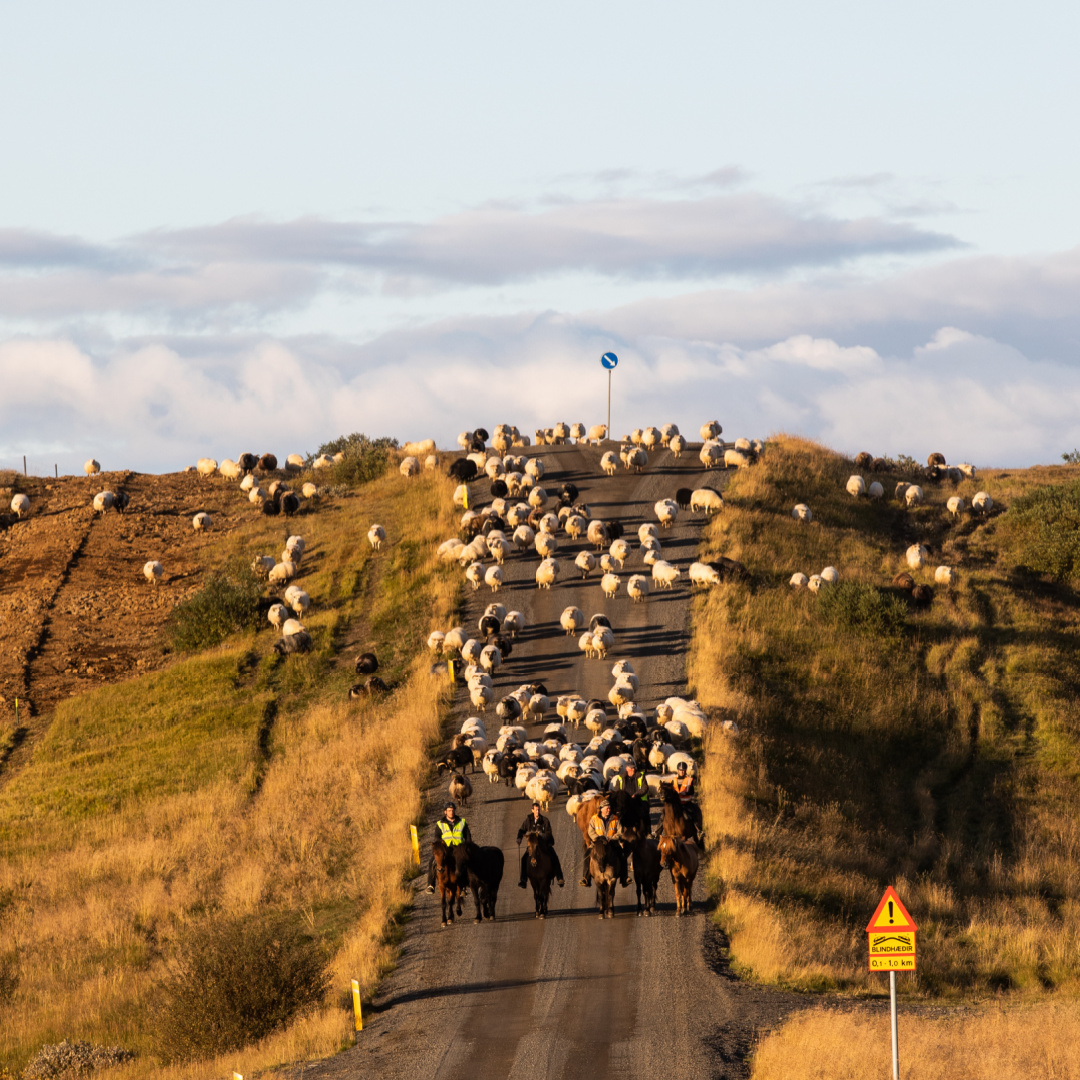Suðursveit

The area is a 50 km long coastal strip between the Vatnajökull glacier and the Atlantic Ocean.
Sheep farming provided income for the household. As there was not a lot of pasture in the area, it was difficult to increase its population without sacrificing the slaughter weight.
Few cows and small production. Butter and milk were for home use only. When the lambs were removed from the sheep in the autumn, there was sometimes a change in food, raisin mash made, or coffee and pastries served.
The area took advantage of various benefits such as fishing and whaling, egg picking, bird hunting, trout fishing in rivers and lakes, plaices fishing in estuaries, and fishing at sea.
For as long as people can remember, sea rowing has been practiced in Suðursveit, close to good fishing grounds. Many farms were small, so there was a shortage of food supplies in many homes if fishing failed. In the summer, there was trout fishing and picking arctic tern eggs. In winter, ptarmigans were haunted if they came down to the lowlands.
All the farmers had a share in a ship that was helpful when fishing was possible. It was also helpful when a whale was stranded onshore and if herring washed up onshore. Before the turn of the 20th century, shark fishing was a major factor in fishing. Women worked on the catch, gutting and flattening the fish. Dried fish was eaten most days of the year, and sharks when it was caught. It was considered very healthy food.
